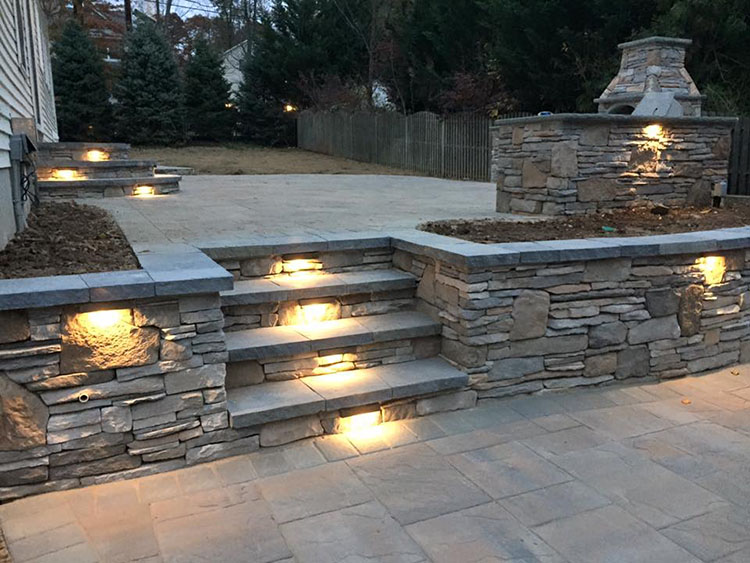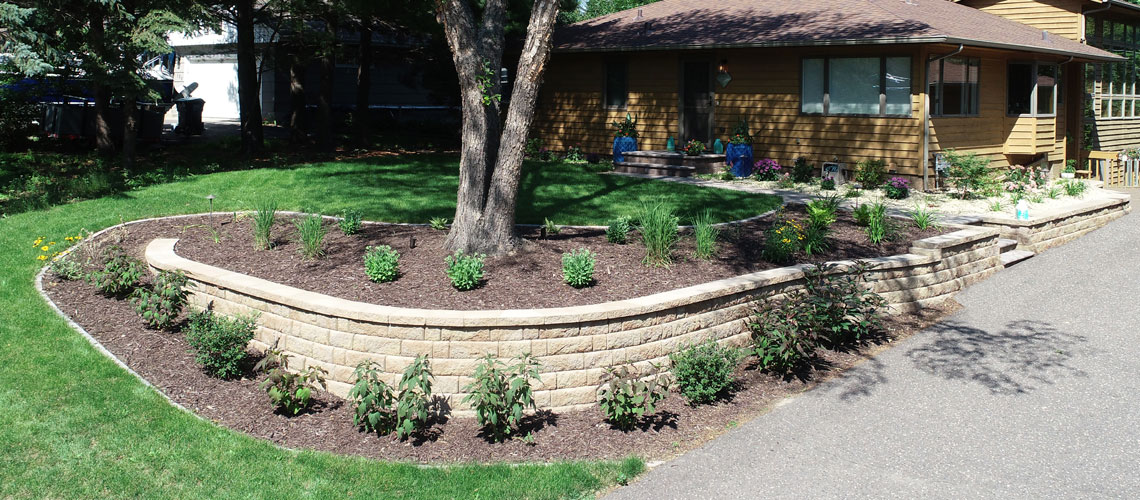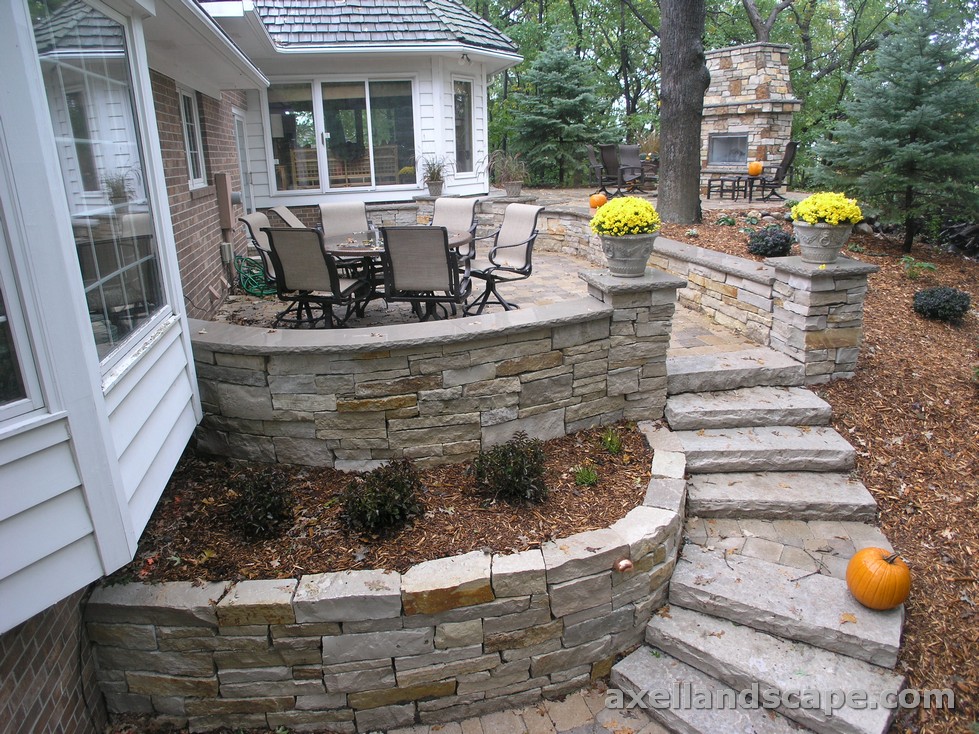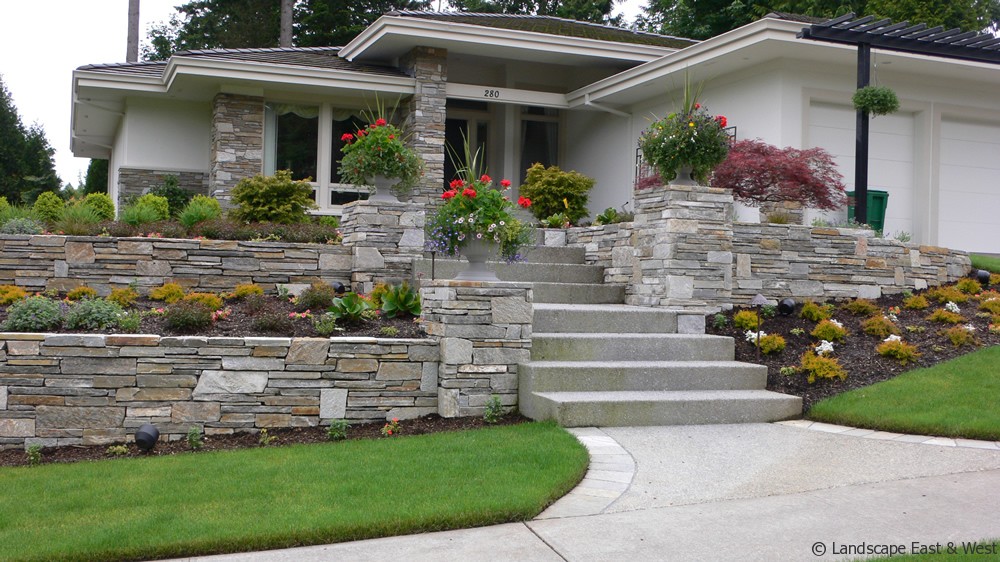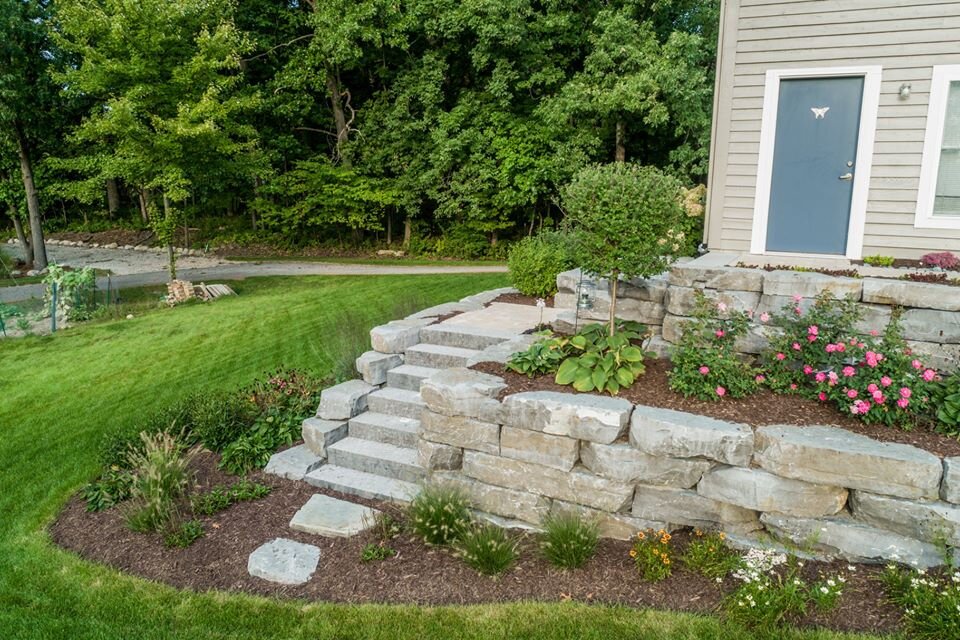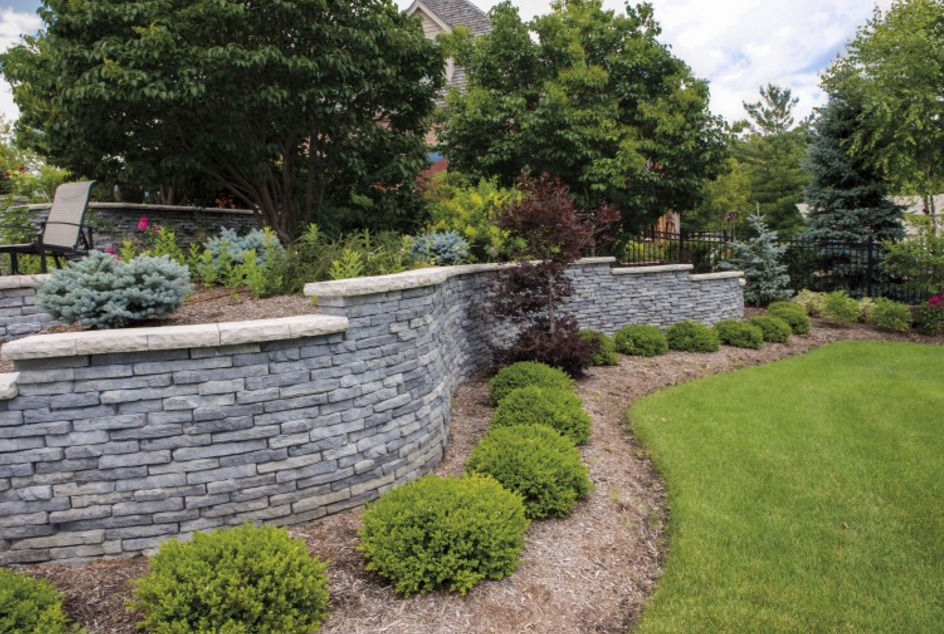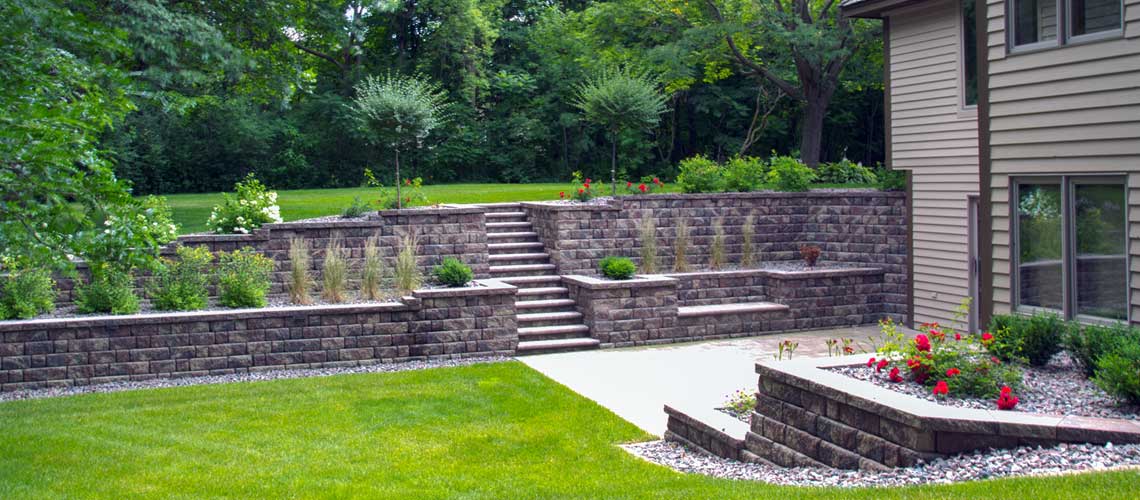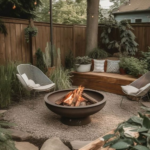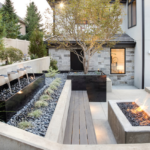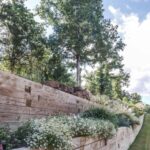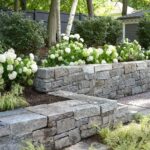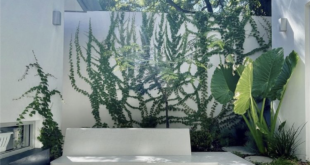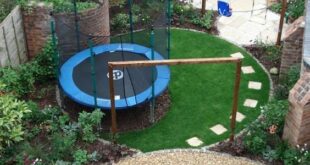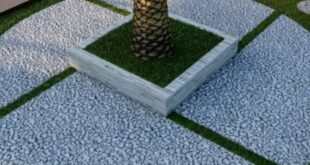Retaining walls are a crucial element in backyard design, especially if your yard is sloped or uneven. Not only do they help prevent soil erosion and flooding, but they also add structure and character to your outdoor space. Whether you’re looking to create a terraced garden, define different areas of your backyard, or simply add visual interest, a retaining wall can be a great addition to your backyard.
When it comes to designing a retaining wall for your backyard, there are several factors to consider. The first step is determining the purpose of the retaining wall. Are you looking to create a level area for a patio or garden? Or do you simply want to prevent erosion and control water runoff? Understanding the function of the retaining wall will help guide the design process.
Next, consider the materials you want to use for your retaining wall. There are many different options available, including concrete blocks, natural stone, wood, and brick. Each material has its own unique characteristics and aesthetic appeal, so choose one that complements the overall look of your backyard.
In addition to materials, you’ll also need to consider the height and length of the retaining wall. The height of the wall will depend on the slope of your yard and the purpose of the wall. A taller wall may be necessary to support a patio or terraced garden, while a shorter wall may be sufficient for erosion control. The length of the wall will also impact the design and cost, so make sure to measure the area carefully before beginning construction.
Another important factor to consider when designing a retaining wall is drainage. Proper drainage is essential to prevent water buildup behind the wall, which can cause damage and instability. Depending on the slope of your yard, you may need to install drainage pipes or weep holes in the wall to allow water to flow freely.
Once you’ve determined the purpose, materials, height, length, and drainage of your retaining wall, it’s time to start designing. You can choose to build the wall yourself or hire a professional landscaper to do the job. Whichever route you choose, make sure to take the time to plan your design carefully and consider all the factors that will impact the functionality and aesthetics of your retaining wall.
In conclusion, a retaining wall can be a beautiful and functional addition to your backyard design. By considering the purpose, materials, height, length, and drainage of the wall, you can create a stunning outdoor space that not only adds value to your home but also enhances your enjoyment of your backyard. So start planning your retaining wall project today and create a backyard oasis that you can be proud of.
 innstyled backyard design ideas
innstyled backyard design ideas
